Chinese Elm Root System
Chinese elm root system. Elms are among those susceptible to summer branch drop according to surveys in California. This tree also has a combination of undesirable root characteristics. The texture is irregular and unique.
The roots of weeping Chinese elm trees that are planted near paved surfaces can lift or crack pavement. This beautiful evergreen or partly deciduous tree has a weeping habit and grows about 12-15m 36 x 45 tall and 10m. Small dark green leaves with serrated edges.
Chunks of grey bark slough off to reveal patches of light tan and red. Stubborn as most Germans are I purchased another Chinese Elm with the knowledge that I wouldnt overwater this tree again. These include Chinese Celtis Chinese Hackberry Celtis Hackberry Chinese Nettle-tree and Japanese Hackberryis a highly invasive tree species which isnt indigenous to Australia.
It also has a weak wood structure. Chinese elm is typically rooted on its own roots due to graft incompatibility problems with budding and grafting. Ive been looking at my chinese elm lately and realize that an old wooded branch needs to be removed to better ramify the tree.
The Chinese elm will grow in full sun on a wide range of soil conditions adapting easily to extremes in pH or moisture levels and tolerates cold temperatures urban heat and wind stress. Temperatures hovering near 120 F may require an irrigation every three to five days. Answer 1 Maple Trees Answer Hi Terry-As a collector of Japanese Maples I can attest to the fact that their root system is not invasive.
ROOT CUTTING Chinese ELM - YouTube. It just wont work. Chinese Elm is a fast-growing evergreen tree that according to the USDA Forest Service is extremely under-used.
A lovely mottled bark with tones of dark grey reddish brown and cream. Originating from East Asia these trees are a destructive presence which can reduce bio-diversity.
These include Chinese Celtis Chinese Hackberry Celtis Hackberry Chinese Nettle-tree and Japanese Hackberryis a highly invasive tree species which isnt indigenous to Australia.
Occasionally root suckers emerge from beneath the canopy and will require pruning. A fast growing attractive semi deciduous tree with a broad vase-shape habit and pendulous branches. The Chinese Elm has a variable growth form often forming codominant leaders with inclusions of bark between them. The roots tend to grow out of the ground and the branches tend to droop making clearance an issue. Native to China this large semi-evergreen tree has been widely used in parks here in the Southwest thanks to its wide natural umbrella-shaped. Stubborn as most Germans are I purchased another Chinese Elm with the knowledge that I wouldnt overwater this tree again. Chunks of grey bark slough off to reveal patches of light tan and red. All in all these factors add up to a tree not hardy enough to withstand years of exposure to the elements so any cottonwood you plant may come down sooner rather than later. The roots of weeping Chinese elm trees that are planted near paved surfaces can lift or crack pavement.
In practice the Chinese elm requires about the same amount of water as a citrus tree so once established it would need a good deep irrigation every seven to ten days depending upon the texture of the soil and the heat. Trees will look their best though when grown in moist well-drained fertile soil but they adapt to drought and the extremes of urban sites. All in all these factors add up to a tree not hardy enough to withstand years of exposure to the elements so any cottonwood you plant may come down sooner rather than later. Ive been looking at my chinese elm lately and realize that an old wooded branch needs to be removed to better ramify the tree. Chinese elm will grow in full sun on a wide range of soils adapting easily to extremes in pH including alkaline or moisture and tolerates cold urban heat and wind. The roots of weeping Chinese elm trees that are planted near paved surfaces can lift or crack pavement. The Japanese maples tend to have a shallow root system.



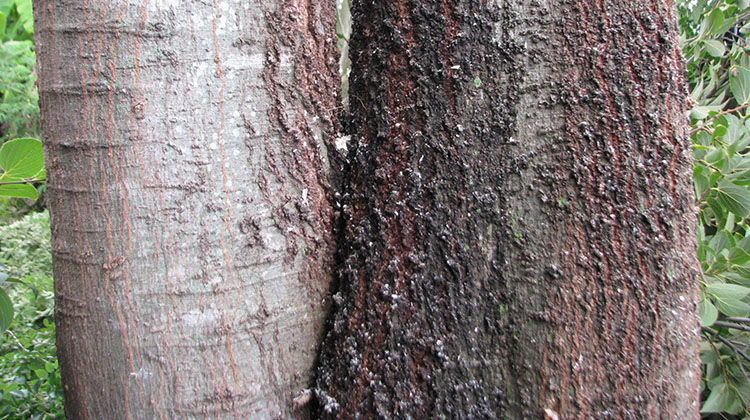

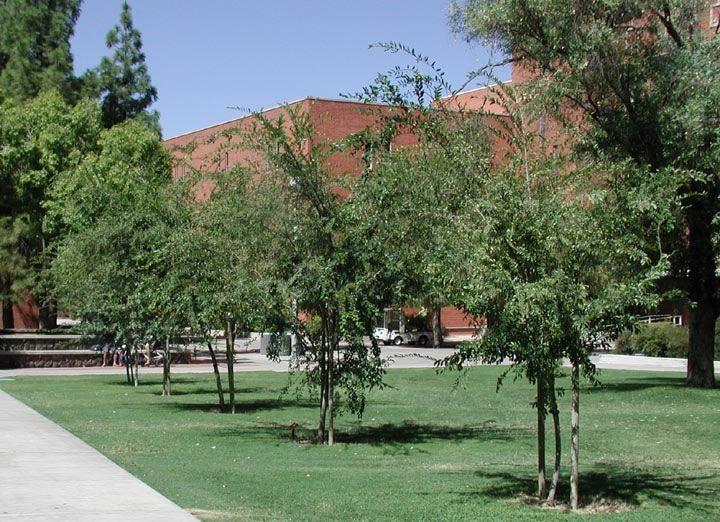
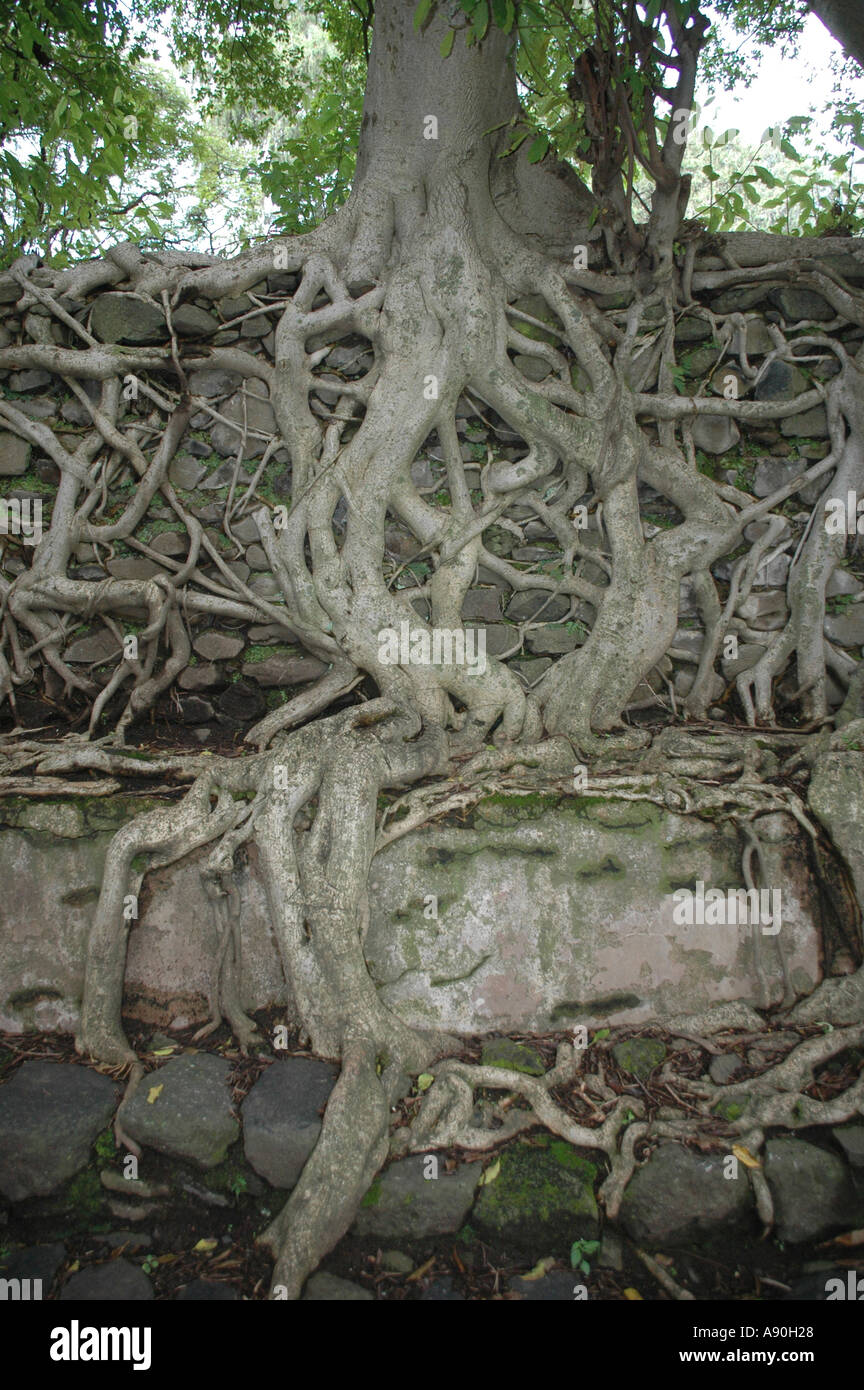

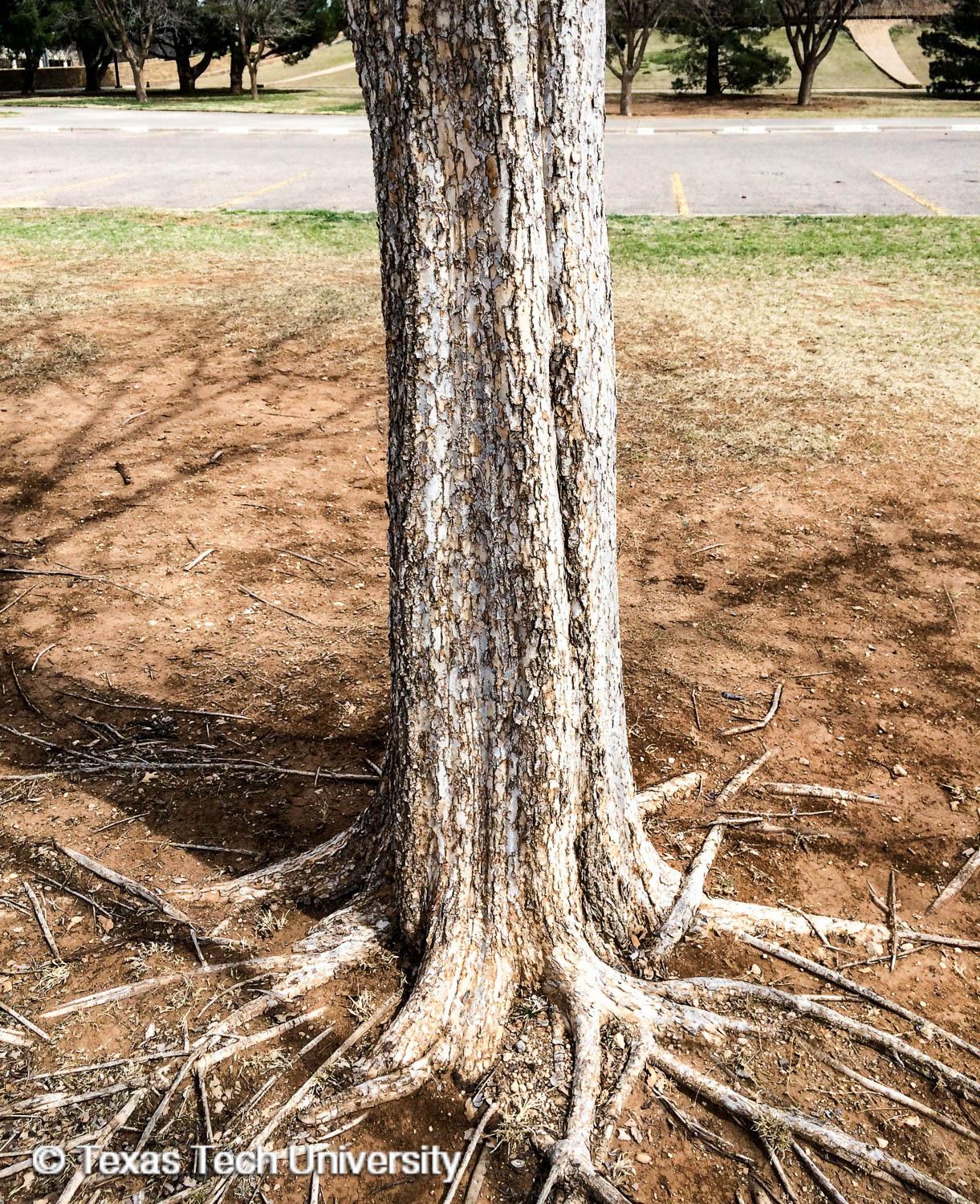
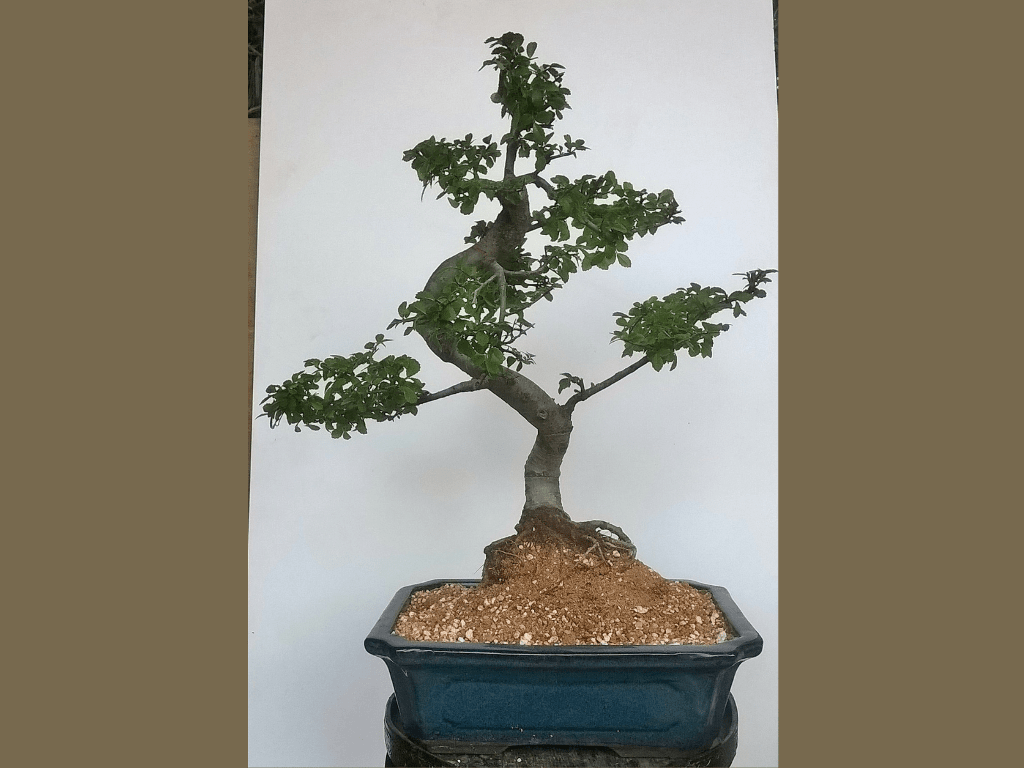


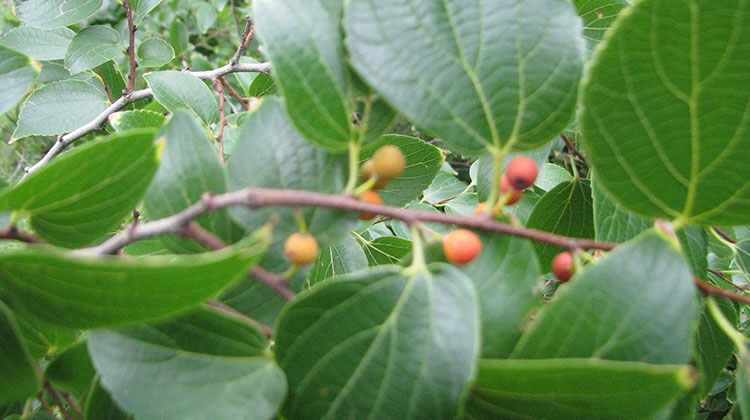
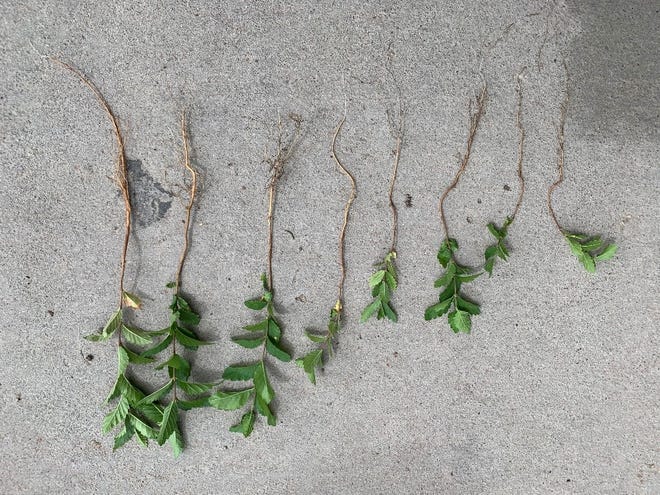


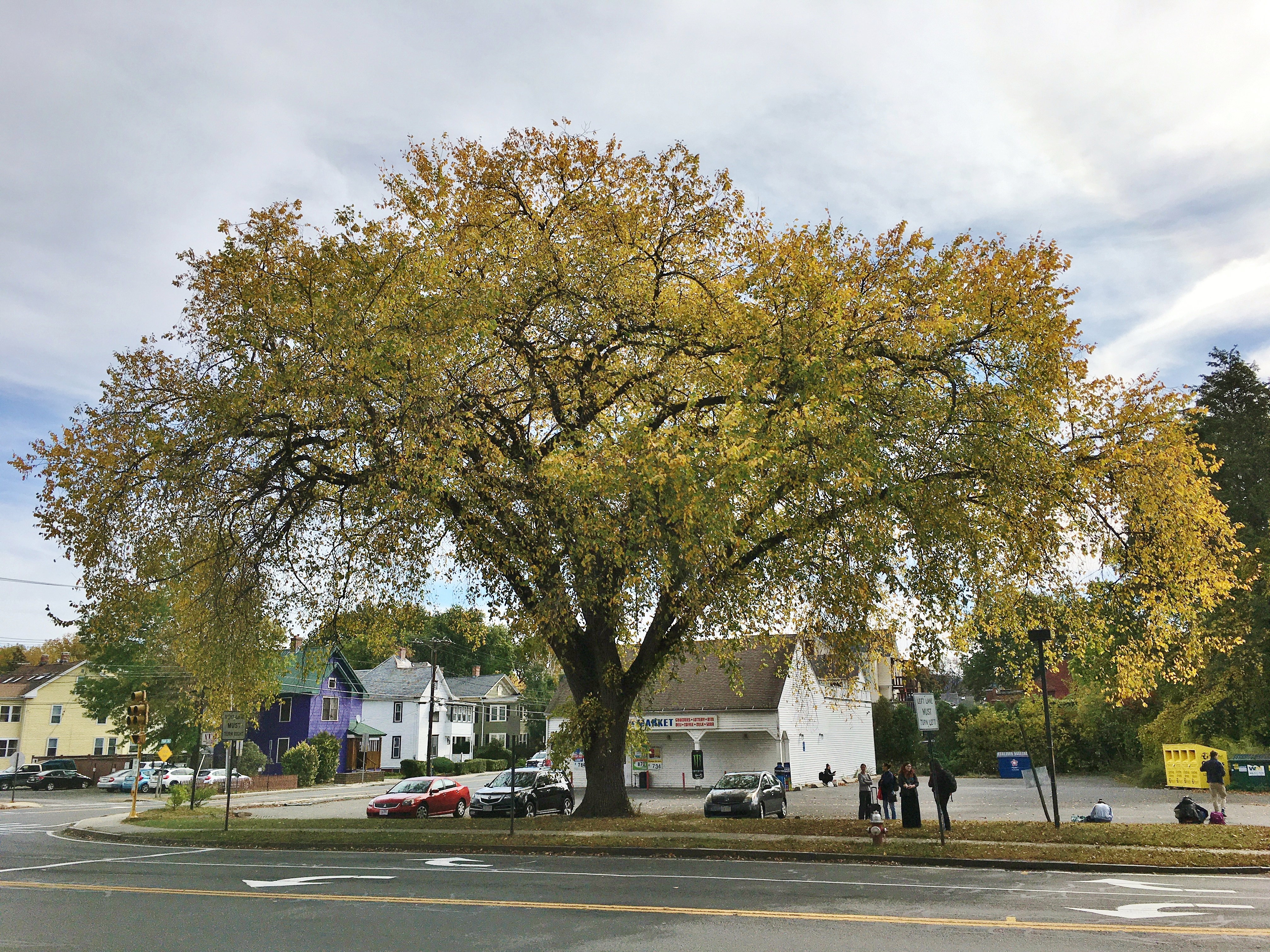
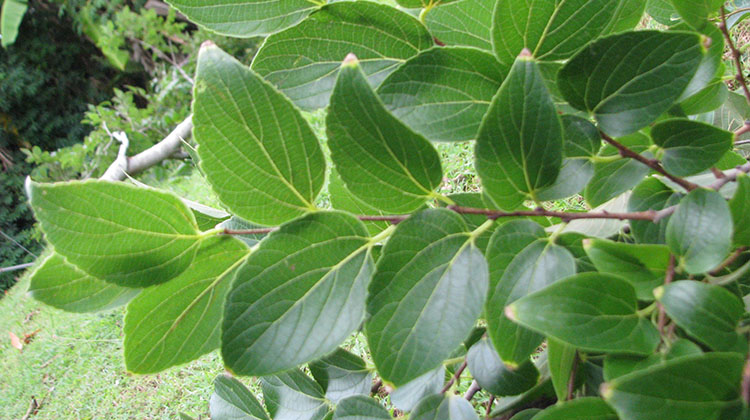
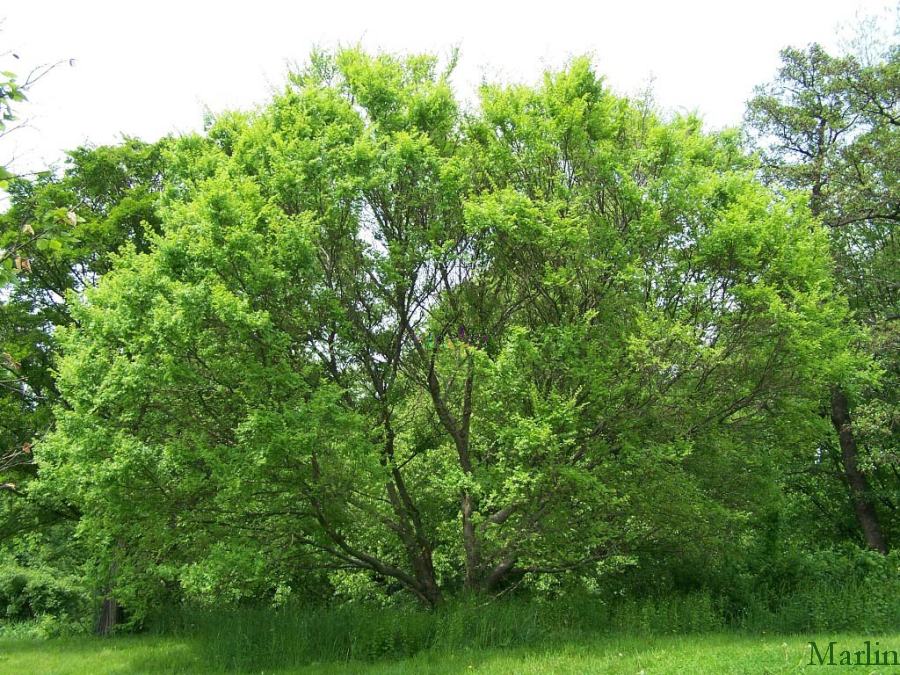



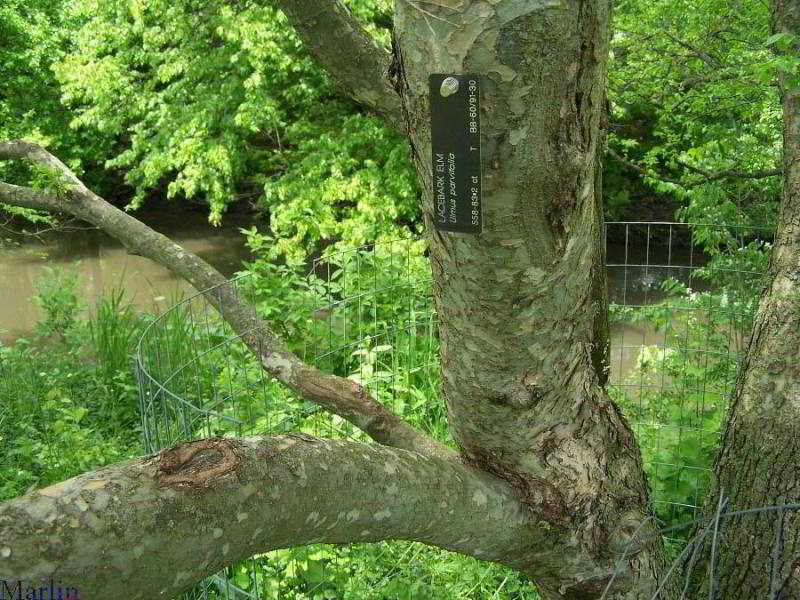
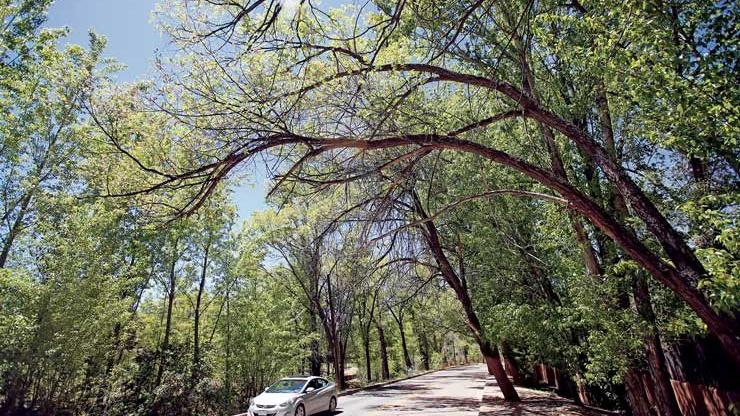
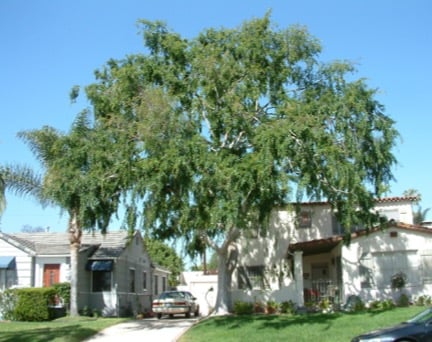


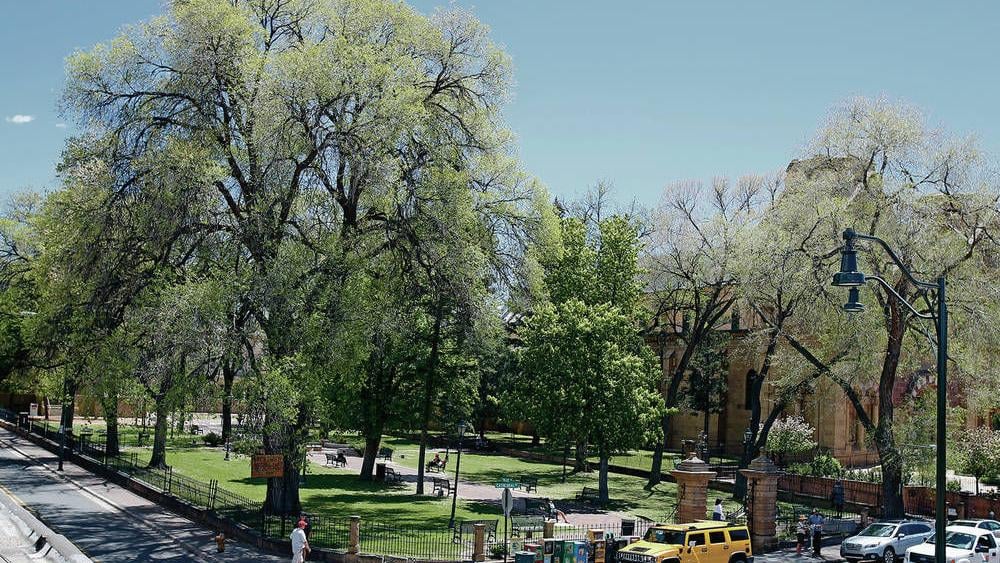

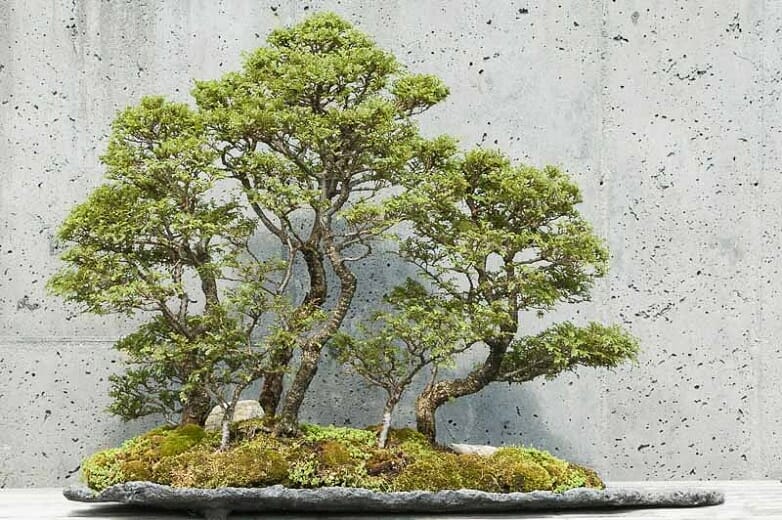


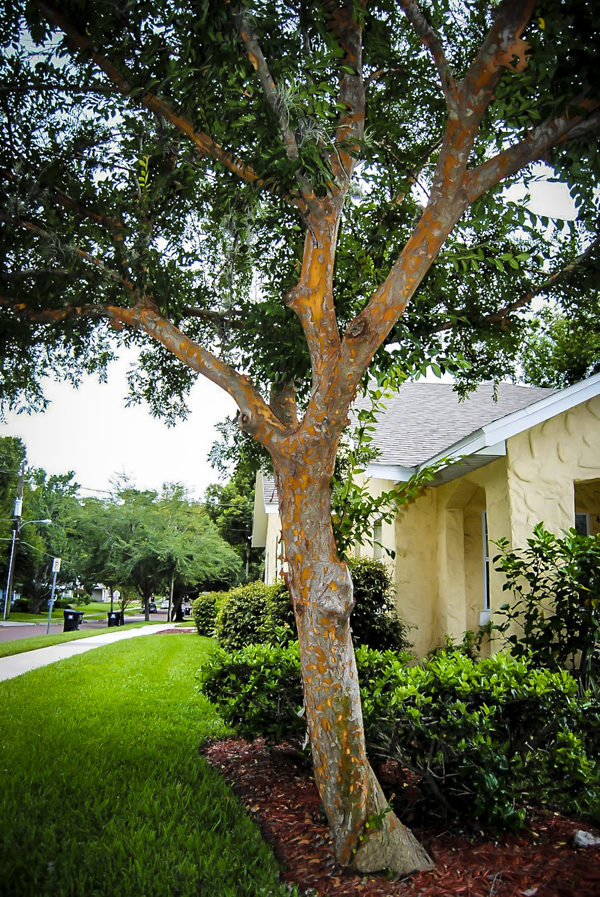




/growing-lacebark-elm-5113712-hero-877a28ff32e34b5992fd8db2ad7760ee.jpg)
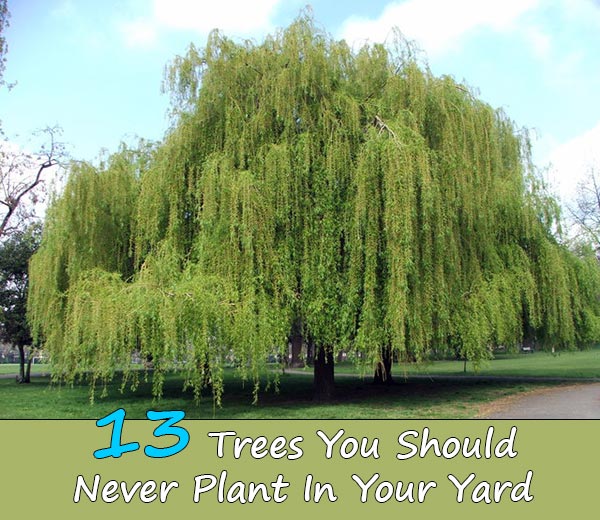


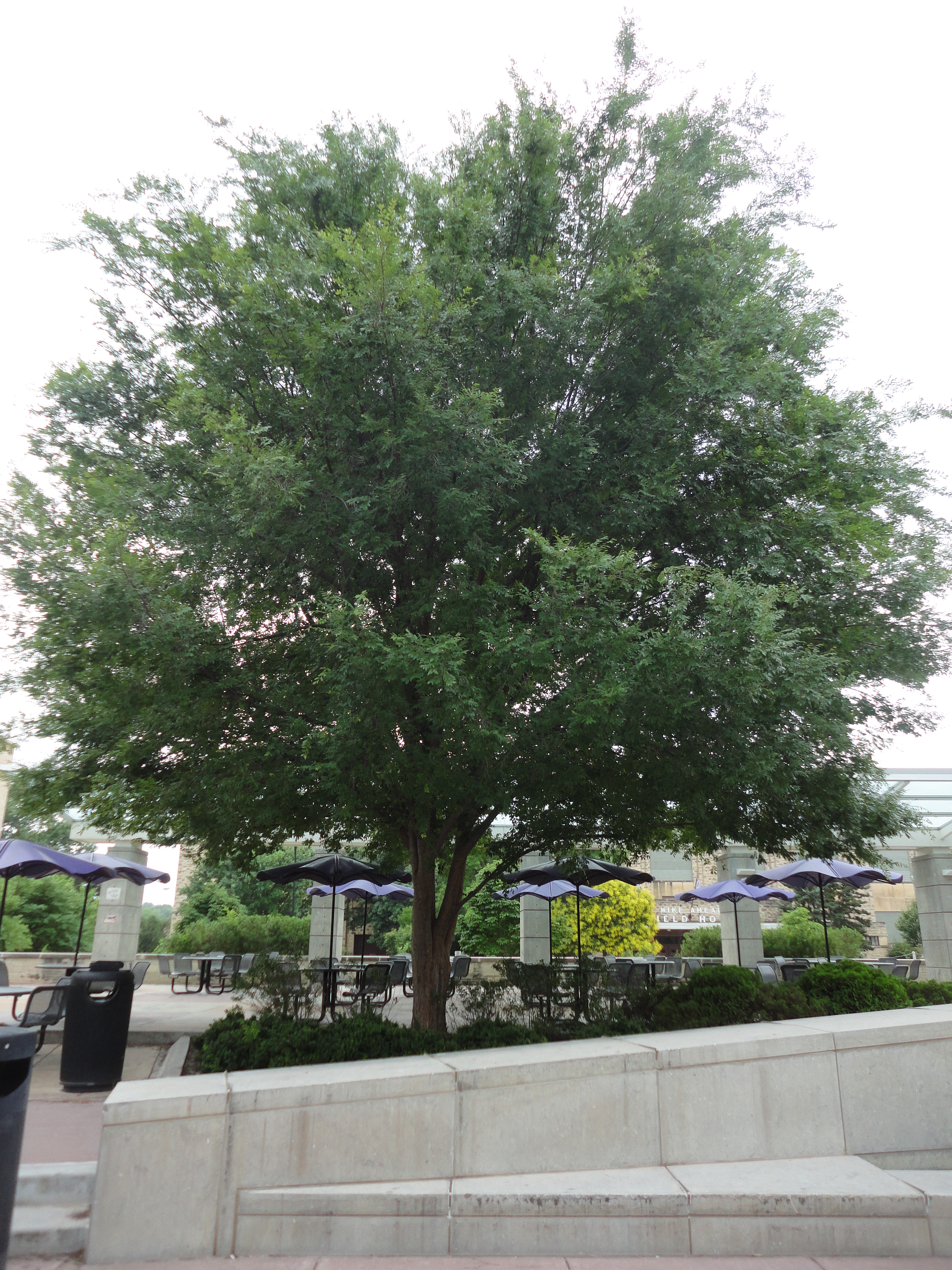
Post a Comment for "Chinese Elm Root System"